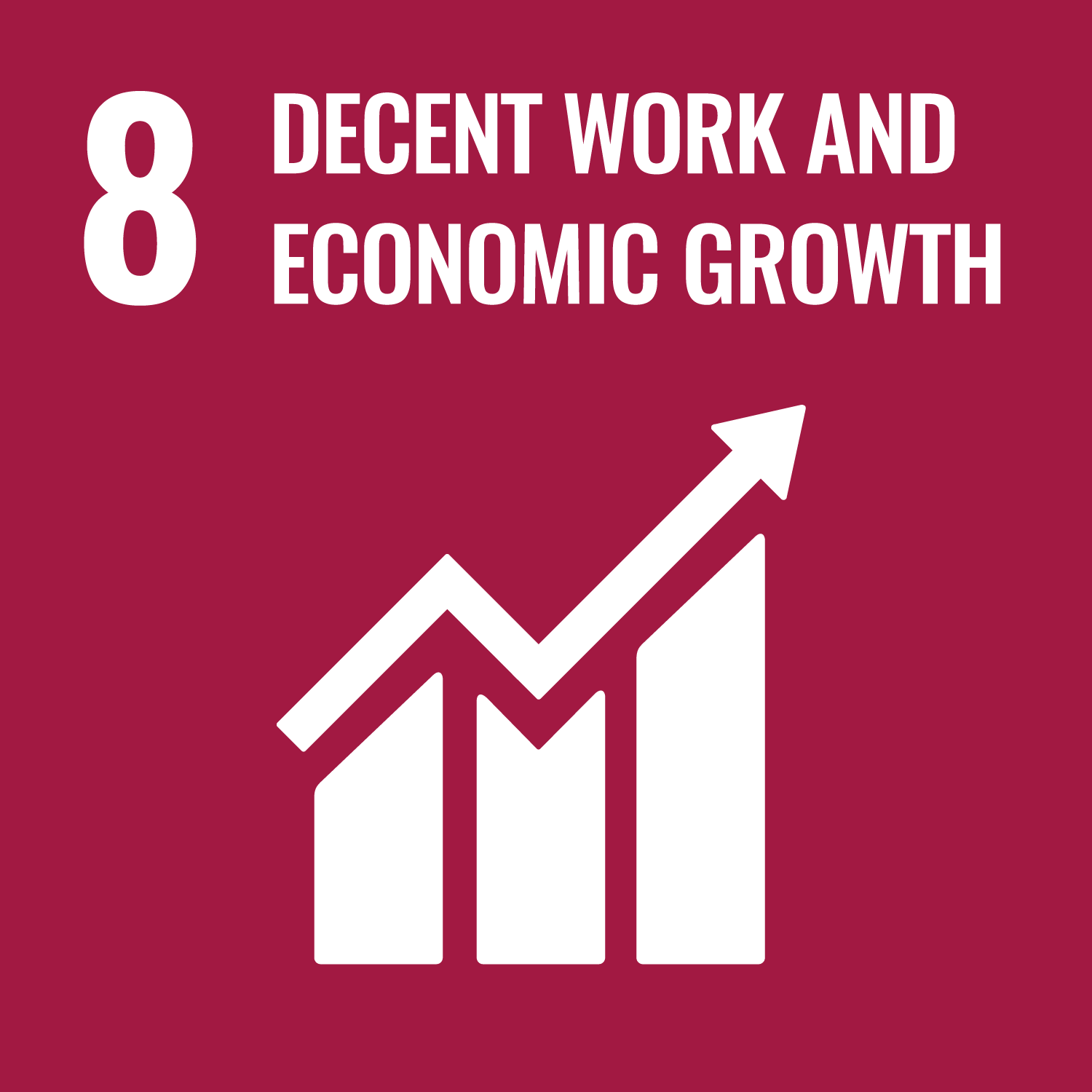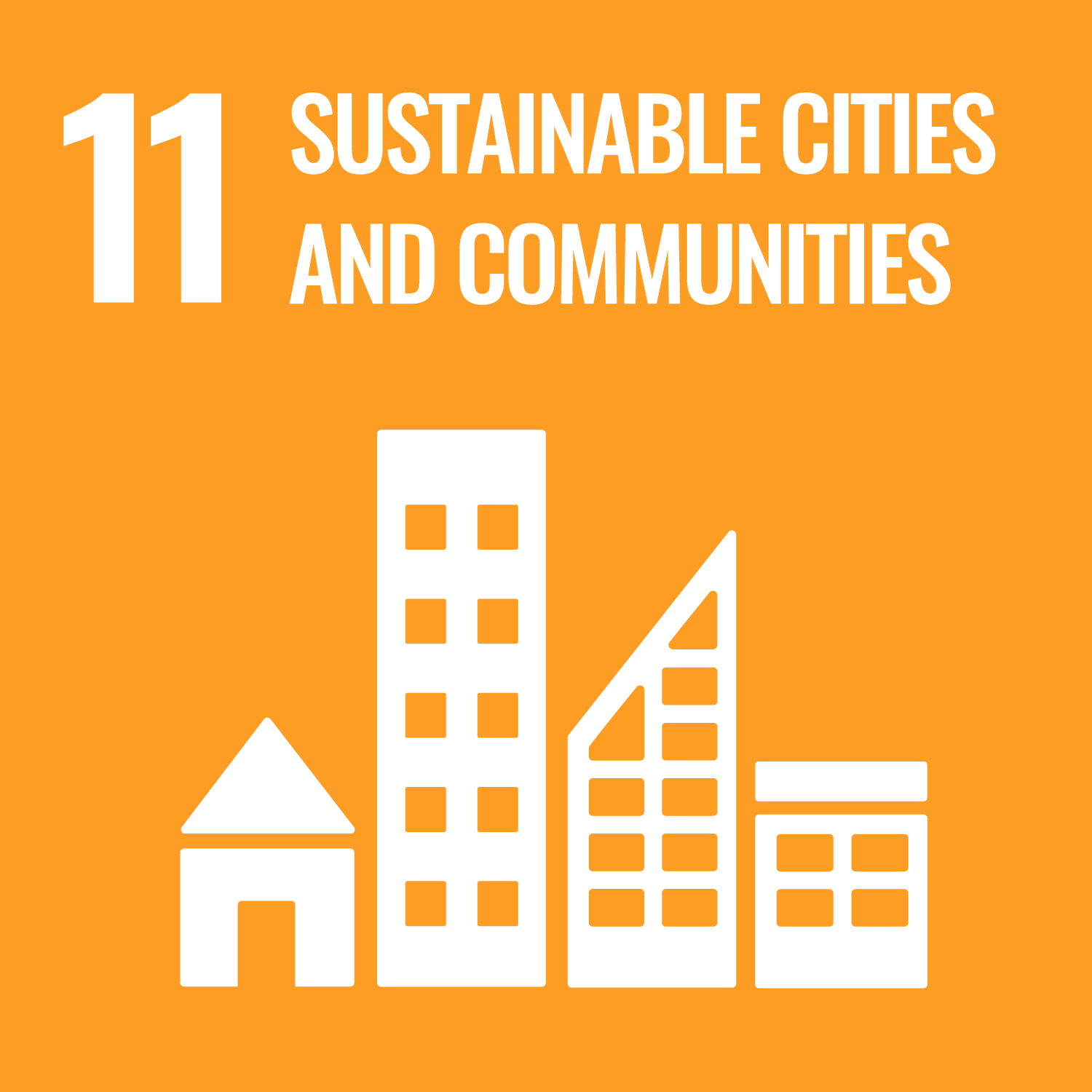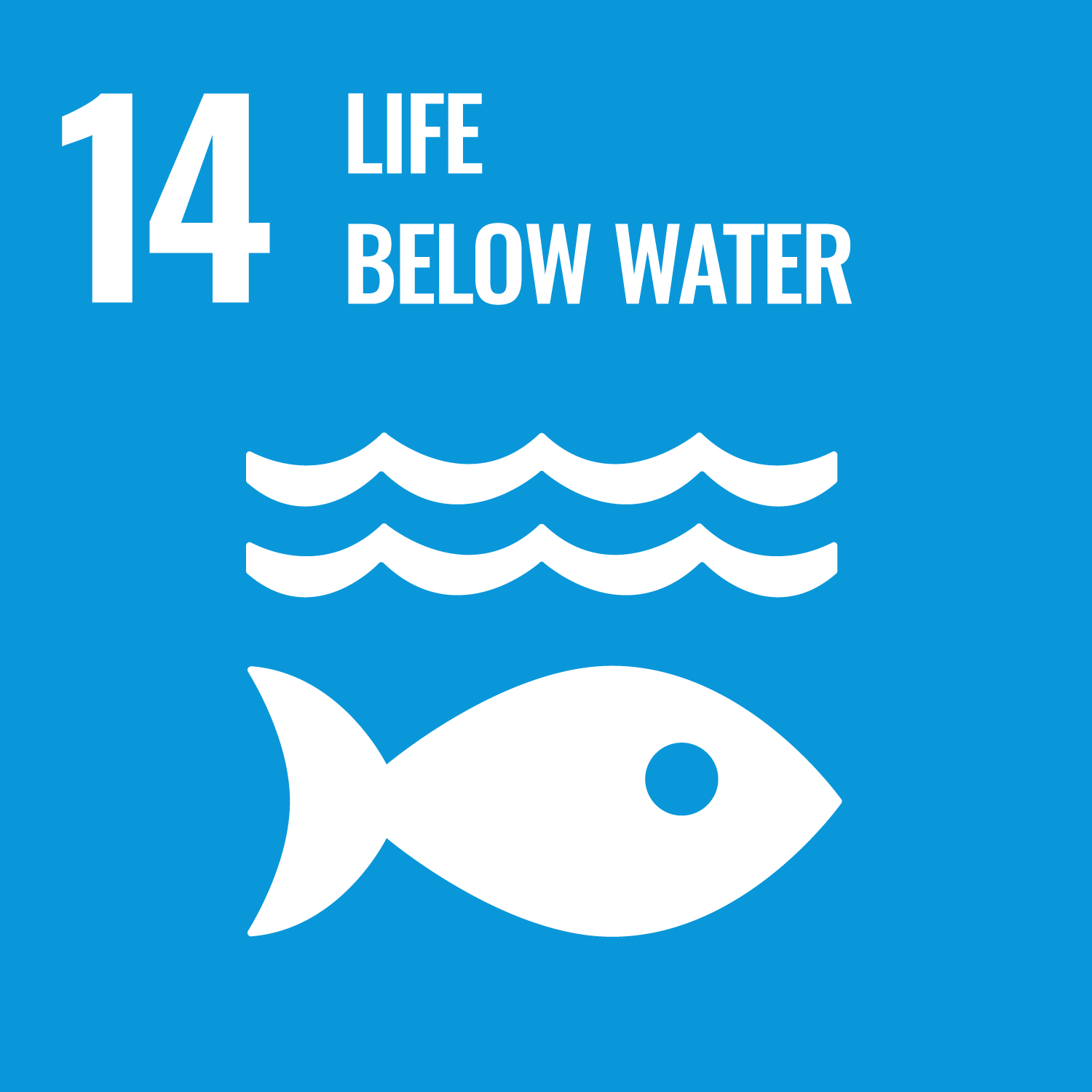ORCID
- T. W. Davies: 0000-0002-4673-9893
Abstract
The impacts of artificial light at night (ALAN) on marine ecosystems have emerged as a focus for ecological light pollution research in recent years, yet the global prevalence of ALAN in underwater marine ecosystems is unknown. We have derived a global atlas of ALAN throughout the marine water column that will accelerate our understanding of its sources and environmental impacts. At a depth of 1 m, 1.9 million km2 of the world’s coastal seas are exposed to biologically important ALAN, which equates to around 3.1% of the global exclusive economic zones. This area decreases to 1.6 million km2 (2.7%) at a depth of 10 m, and to 840,000 km2 (1.4%) at 20 m. The most heavily exposed regions are those that experience intensive offshore development in addition to coastal urbanization. The atlas highlights that ALAN as a global change issue is not exclusive to land but is also widespread in the world’s underwater habitats at irradiances that elicit biological responses in marine organisms.
DOI Link
Publication Date
2021-12-13
Publication Title
Elementa: Science of the Anthropocene
Volume
9
Issue
1
ISSN
2325-1026
Acceptance Date
2021-11-21
Deposit Date
2021-11-22
Embargo Period
2021-12-21
Funding
UK Natural Environment Research Council grant NE/S003568/1 (TS, TD, DM, AW, ST). Israel Ministry of Science, Technology, and Space, Office of Energy and Water, grant number 3-11110 (RT, DI, ZD).
Creative Commons License

This work is licensed under a Creative Commons Attribution-NonCommercial-No Derivative Works 4.0 International License.
Recommended Citation
Smyth, T., Wright, A., McKee, D., Tidau, S., Tamir, R., Dubinsky, Z., Iluz, D., & Davies, T. (2021) 'A global atlas of artificial light at night under the sea', Elementa: Science of the Anthropocene, 9(1). Available at: 10.1525/elementa.2021.00049




